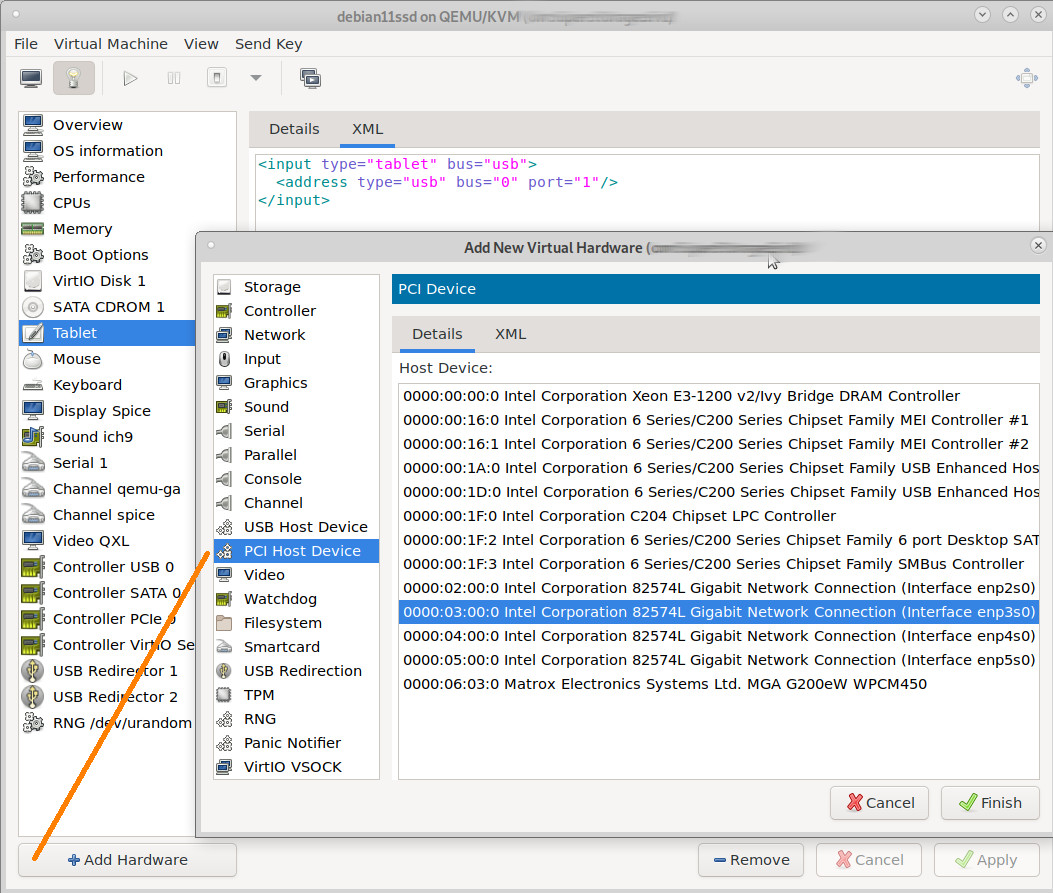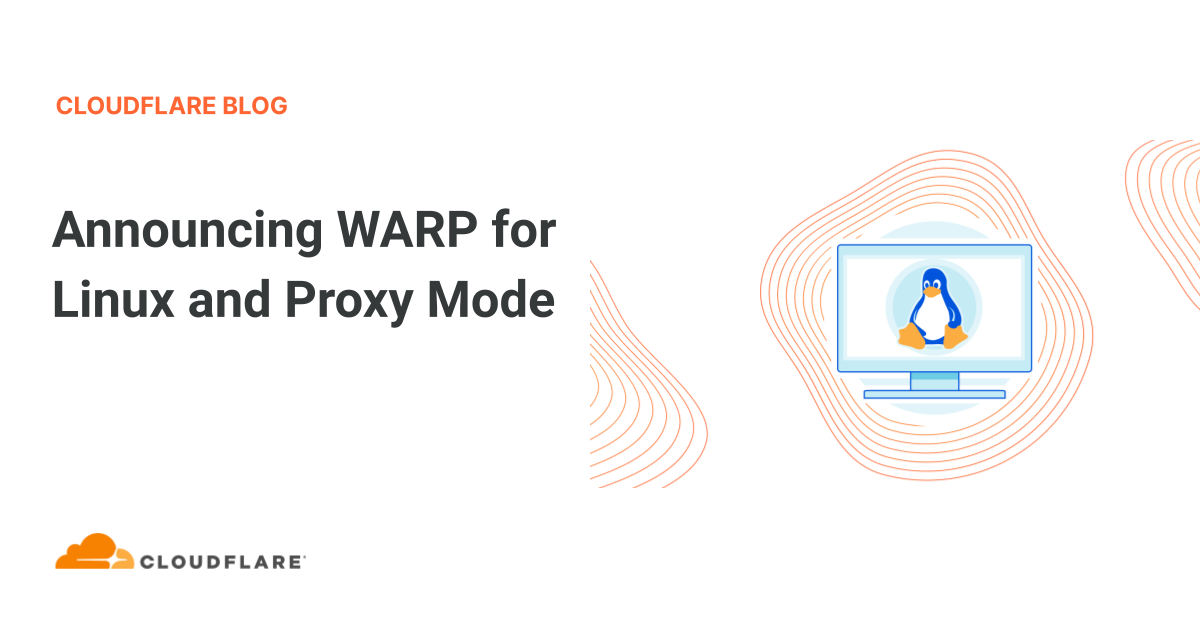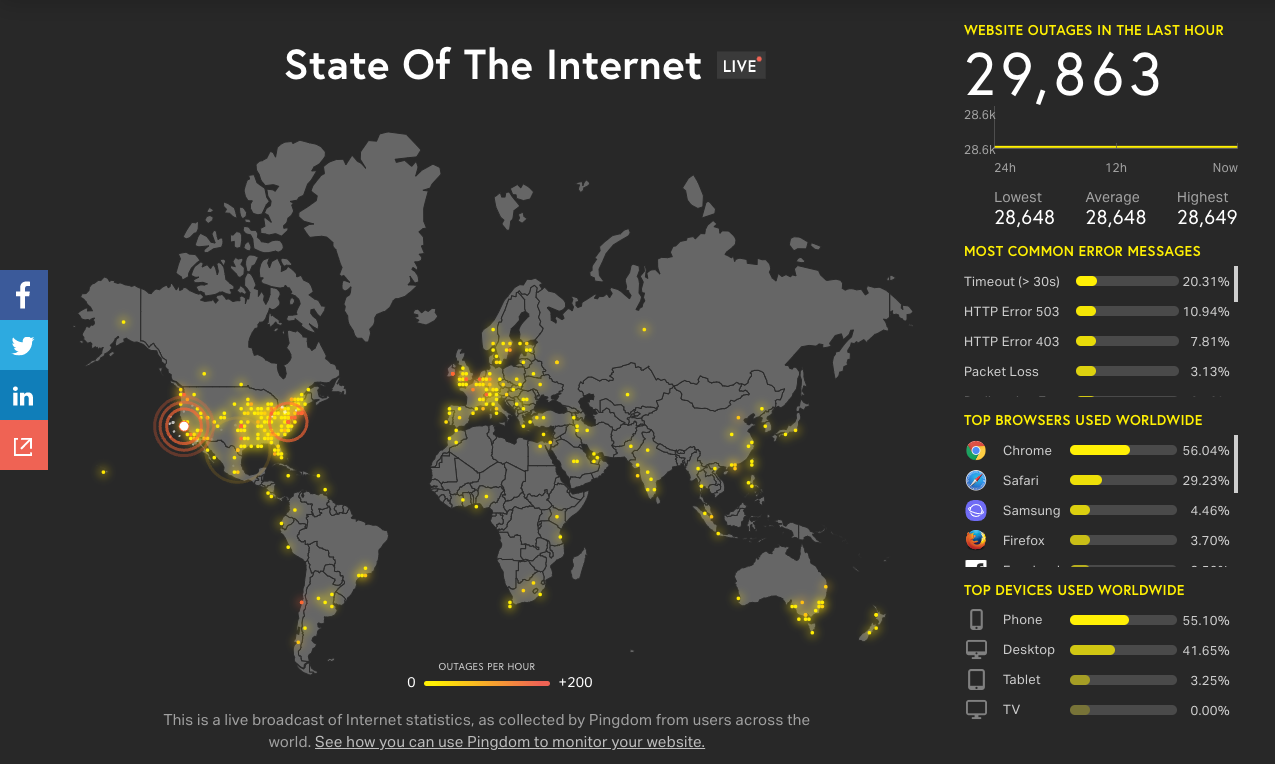OpenWRT on a Netgear DM200 ADSL Modem
Another bit of craptacular consumer tech gets the boot.
Ever since picking up a new DSL modem a ways back I'd been wanting to get OpenWRT up and running on it. That process turned out to be ... involved. Though with a bit of path-smoothing it could have gone far better.
The major pitfalls encountered were:
- Determining the proper flashing method for installing the OpenWRT firmware. Which affects the next point:
- Determining which OpenWRT firmware to install.
- Determining how to recover from failed attempts and revert to Netgear's OEM firmware.
- Properly configuring the WAN DSL interface.
- Having the appropriate documentation available whilst offline during various experiments.
OpenWRT's documentation is excellent -- far better in detail, substance, and quantity than Netgear's DM200 offerings. But as with most FOSS projects, the fact that it attempts to cover a great deal of territory means that there's possible confusion as well.
The Netgear DM200 ADSL modem is a modest, US$60 unit capable of 100 Mbps speeds -- a service ceiling I'm unfortunately at no risk of exceeding. It sports 64 MB RAM, 8 MB Flash storage, and is built on the Lantiq XWAY VRX220 SoC, with a 500 MHz dual-core MIPS 34Kc V5.6 CPU. Yeah, I've got a multiprocessor modem.... Connectivity is a 10/100 Mb RJ-45 Ethernet port and an ADSL/VDSL RJ-11 port. Power is 12V 0.5A, size is roughly an old multi-disk CD jewel box. Nothing fancy, but sufficient to task. OpenWRT supports the device well, including the ADSL/VDSL2 modem.
Choosing the flashing method
TL;DR: for installation onto a system already running a vendor's OEM firmware, the factory install method. This relies on the (generally) built in firmware-updating capabilities of networking kit, and is pretty sane.
Choosing the right firmware
The OpenWRT Netgear DM200 page will point you at the current downloads. Again, factory firmware is what you're looking for. The "sysupgrade" image is for use with systems already running OpenWRT. You're not there yet.
Restoring the OEM image
In the best Sorcerer's Apprentice tradition, it helps tremendously to know how to get back to the status quo ante after you've been stretching your wizardly ambitions. For most modern network kit, you can use a TFTP client to send a firmware image to the device at boot time.
This is pretty clean and no-fuss, once you have the parts and process together.
You will need:
A tftp client. I prefer command-line tools (they're scriptable), though there are GUI clients as well. Linux, OSX/MacOS, and Windows all have the BSD tftp utility available. Your distro's repos -- apt, yum, ports, Homebrew, etc., will provide this if it's not already installed.
Your vendor's OEM firmware image. You'll need to download this BEFORE you go cutting off your Internet connection, along with a few other details (like all the documentation you'll need).
The device's default IP address. For the DM200, that's 192.168.5.1, a fact Netgear's own KB misstates, just sayin'....
An Ethernet cable. This is a wired-access process.
A device that can talk to the modem. A desktop or laptop system, which can accept an Ethernet cable. Your Smartphone, tablet, or no-ports super-skinny notebook computer may not cut it.
Note that this is client-side stuff -- you don't need to get fancy-pants with TFTP daemons, BOOTP, DHCP servers, or any of that jazz.
I wrote a brief script to manage the process of bringing down my network connection, bringing it back up, then sending over the files:
sudo ifconfig eth0 down
sudo ifconfig eth0 192.168.5.10 netmask 255.255.255.0 up
/sbin/ifconfig # to verify settings
tftp 192.168.5.1 <<EOF
verbose
binary
#trace
status
put DM200-V1.0.0.61.img
status
quit
EOF
(Mac users will probably use en0 rather than eth0 for their network device.)
You should see the put command, and then the bytes transferred and seconds elapsed (~30s or so). A timeout means tftp couldn't find the modem.
If things aren't working as intended, you can try uncommenting the "trace" line for additional debugging info.
The modem will take a few minutes (generally ~4) to receive, load, and boot the new image. When it does so, the power LED will shine constant green, and you should be able to down and up your interface, this time under DHCP, to talk to the modem again:
sudo ifconfig eth0 down
sudo dhclient eth0
I don't have NetworkManager (a/k/a NetworkMangler) running on this system, you may need to shut that down to regain full control of your senses network, on systemd afflicted based Linux systems.
A saved OEM system configuration will allow you to restore settings from the backup, so that's another good preparatory step.
DSL configuration
As noted, the key item for PPoE configuration was setting the MTU to 1492 rather than 1500. Ideally, OpenWRT would take care of this itself, but presently it does not.
Have local documentation
After the first failure at getting DSL configured, in which I did not have much of the OpenWRT documentation locally accessible, I opened up multiple pages in browser tabs, and saved several as PDF or HTML format. The fact that OpenWRT doesn't have a single PDF- or ePub-formatted documentation set to download is actually slightly annoying. I've been exploring various web-based archival tools, and might try to mirror the site (or similar projects) using tools such as HTTrack or wget in future.
End result: some pain, some lessons learned, and a working system.
Why Bother?
So what does this buy me?
I'd had a few frustrations with the stock Netgear OEM image.
- The interface was at best cumbersome. At worst, confusing, inconsistent, misleading, and useless. And it was slow.
- The software was not frequently updated, a point of concern after the FBI issued a national request for people to reboot their broadband modems last year.
- There was no SSH server, though an undocumented telnet daemon existed, requiring visiting a specific page (debug.htm) to launch.
- There was no remote-logging or management capabilities.
- The shell tools were limited, with annoyances such as a fixed-screen-size "less" utility (25 rows only, I tend to run my terminal windows larger).
- System logs were primitive and only accessible via the web interface. Logs were not timestamped, a fact which is stunningly inane.
Out of the box, OpenWRT gives regular updates, SSH, remote syslogging, a vastly better designed and more responsive Web interface, and a less that handles arbitrarily-sized terminals. I'm exploring other packages and built-in features as well. The limited size and power of the modem suggest keeping aspirations limited, but having options is useful.
The other issue has been occasional service issues -- some local/internal wiring, some ISP-related. Having a more powerful, flexible, and shell-addressable (via SSH) set of tools may be useful with these if (!) they occur in future.
And -- with a Turris Omnia router, I've got another OpenWRT-based device and standardising on the toolset seems useful. The Omnia is far more powerful and has much more memory (2 GB) and storage (8 GB), the latter of which is further expandable with either internal or external storage. A nice set-up, actually.
So I'll be looking into the options and opportunities here for a while.
But if you're running the DM200 or similar kit and would prefer a Real Operating System on it, well, here's a quarter.
#Networking #OpenWRT #DSL #ADSL #VDSL #DM200 #Linux









